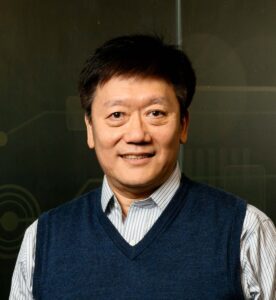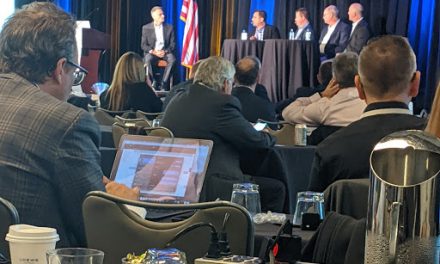The Power of Design Engineering – Optimize Operations and Realize Smart Ideas with VAVE
 By Ken Wong, CTO of Season Group
By Ken Wong, CTO of Season Group
“When it is obvious that the goals cannot be reached, don’t adjust the goals, adjust the action steps.” – Confucius, Chinese philosopher
If there is but one takeaway from the coronavirus pandemic, it is that change is constant. In times of unprecedented changes, it is necessary to optimize our approach to react to and work with changes, or risk elimination from the market. Take for example the recent disruptions to the global supply chain and their debilitating effects to all sectors and industries of the global market: companies simply cannot afford to release control over any aspect of their operations.
Companies worldwide are now turning to Value Analysis and Value Engineering (VAVE) to upgrade their work processes and increase their resilience against unpredictable circumstances. The ability of design engineers to shorten lead times, replace components or lower skyrocketing costs without affecting a product’s functions (VA), and to improve product performance whilst keeping cost factors in mind (VE), is an invaluable capability in current times. As Confucius emphasizes, the key to achieving one’s goals lies in being receptive to change and finding alternative ways forward. VAVE enables companies to do exactly that in a constantly changing business environment.
Value Analysis (VA): For start-ups and products already in the market
Value Analysis focuses on lowering production costs without affecting the performance of the product. By taking into account the type of materials used in production, the functional characteristics of components and manufacturing equipment, as well as the potential value of alternative manufacturing or assembly procedures, design engineers are able to minimize lead times, lower component costs, and improve production yields and the reliability of product quality in transhipment. In doing so, engineers can eliminate unnecessary costs which are particularly pertinent to start-ups who value shorter time-to-market and low proof-of-concept costs. These adjustments can also be achieved in times of global disruptions, which makes VA even more crucial to companies wishing to overcome them.
VA can also be used for products already in the market, and proves particularly useful when certain parts of a well-established product reach their end-of-life (EOL). Design engineers can advise on alternatives for EOL components – such as microcontroller units (MCUs), surface mounts (SMs), or pin through hole (PTH) components – without affecting the overall performance and quality of the product. This capability is near indispensable when certain materials are progressively phased thanks to technological or device packaging advancements.
Value Engineering (VE): Particularly for Internet of Things (IoT)
On the other end of the design engineering process, Value Engineering aims to implement or enhance features or functions of an electronic product with little or no increase in cost. More precisely, experienced design engineers do not simply improve a product, they elevate it. They do so by ensuring accurate and optimal performance of the electronic product within the budget available.
One such feature that has grown considerably in popularity is to turn a traditional or conventional (electronic) product into a ‘smart’ device. In essence, this means connecting the product to the Internet, so that the data collected by the product can be processed, analyzed and used in ways that allow businesses and individuals to make faster and more informed decisions. The data from ‘smart’ devices provide insight into certain behaviours previously unnoticed that can help companies or individuals save costs, time and energy, as well as optimize resource allocation. From lights, doorbells, and window shutters to thermostats and elevators…the list of conventional products that can be made ‘smart’ is practically endless.
Smart devices require a complex fusion of wireless connectivity, sensing control and machine learning. The power of VE is reflected in the ability of skilled design engineers to create and integrate such aspects into new or existing products, making them ‘smart’ and relevant in our current digitally dominant times.
Lead the Way with the Right Design
Against the rapid pace of technological advancements and global disruptions, Value Analysis and Value Engineering can provide businesses with the intelligence to safeguard ideas or products, through reducing time-to-market and development costs, reviving products with EOL components, and realizing ‘smart’ devices and solutions. With the volatility of the market, it is a fitting time to bring VAVE onboard – design engineers have been trained precisely to navigate these tough waters.
Ken Wong is the Chief Technology Officer of Season Group
Season Group is an EMS provider with 46 years of manufacturing experience, supporting design changes ranging from cables & wire harnesses, to tooling & molding, plastics and PCBs. Together with its IoT subsidiary SG Wireless, it provides customers with full-stack design engineering support.
You can learn more about Season Group and SG Wireless at https://www.seasongroup.com/ and https://www.sgwireless.com/











